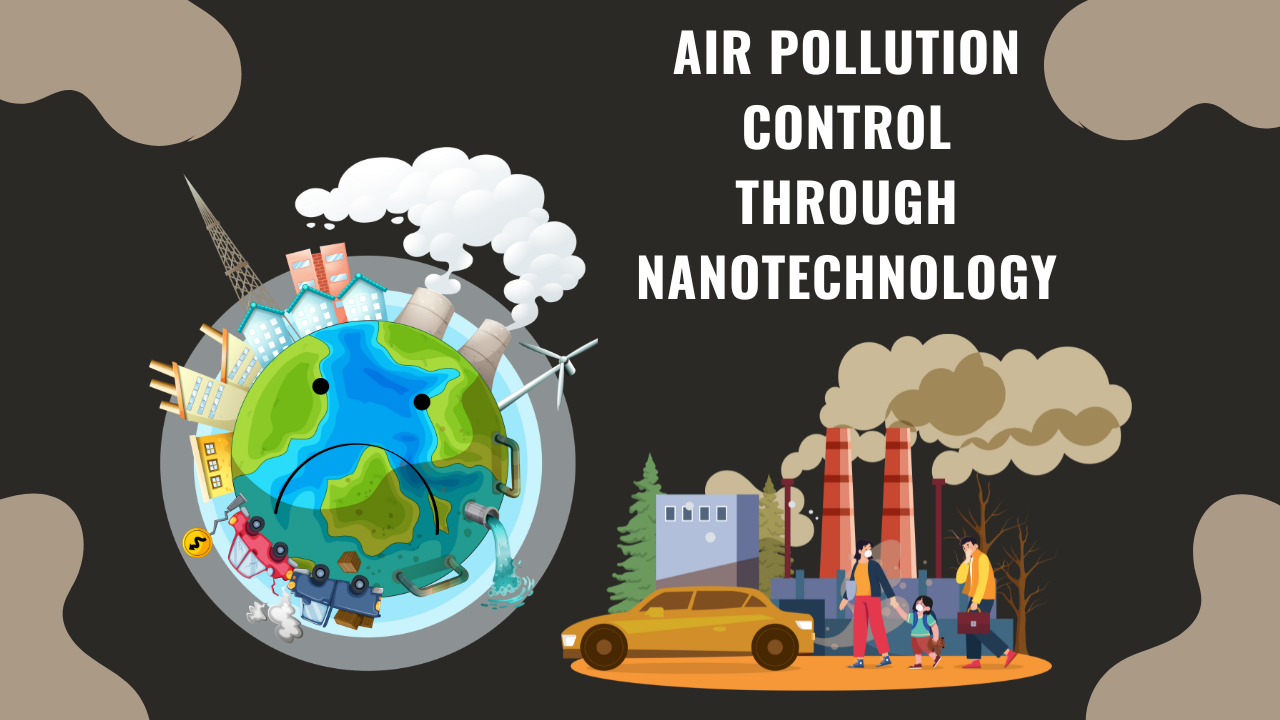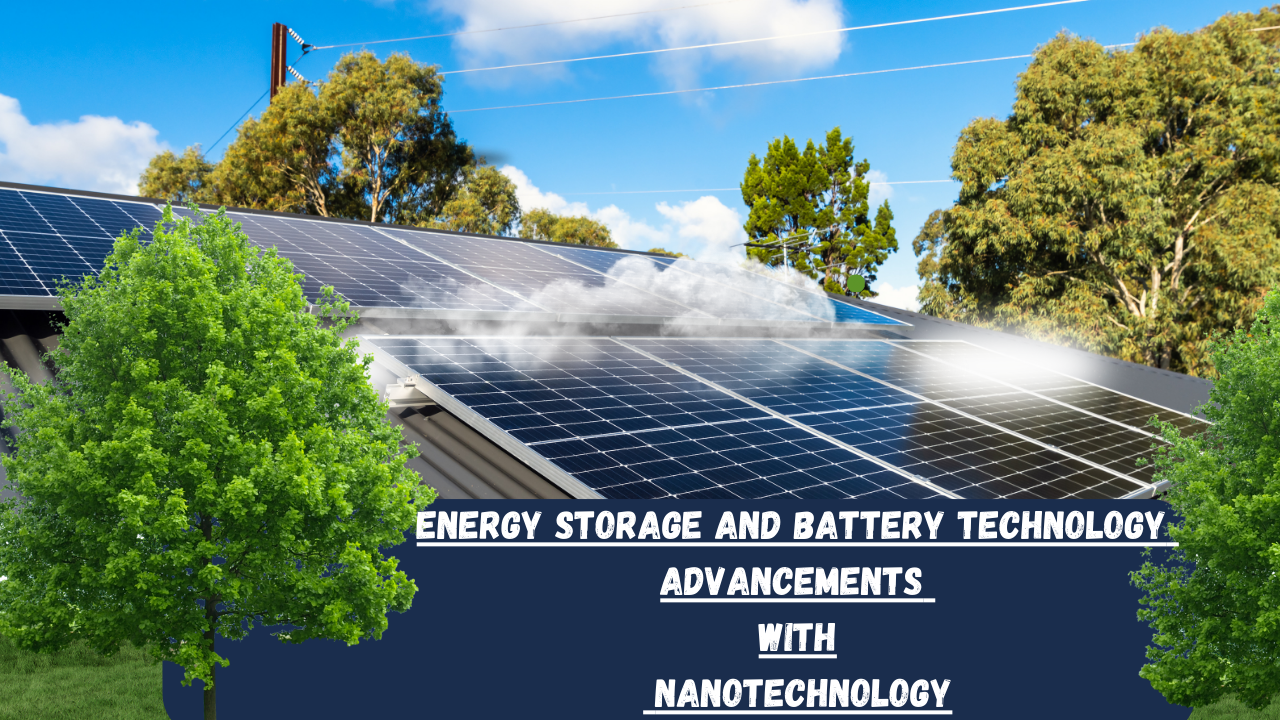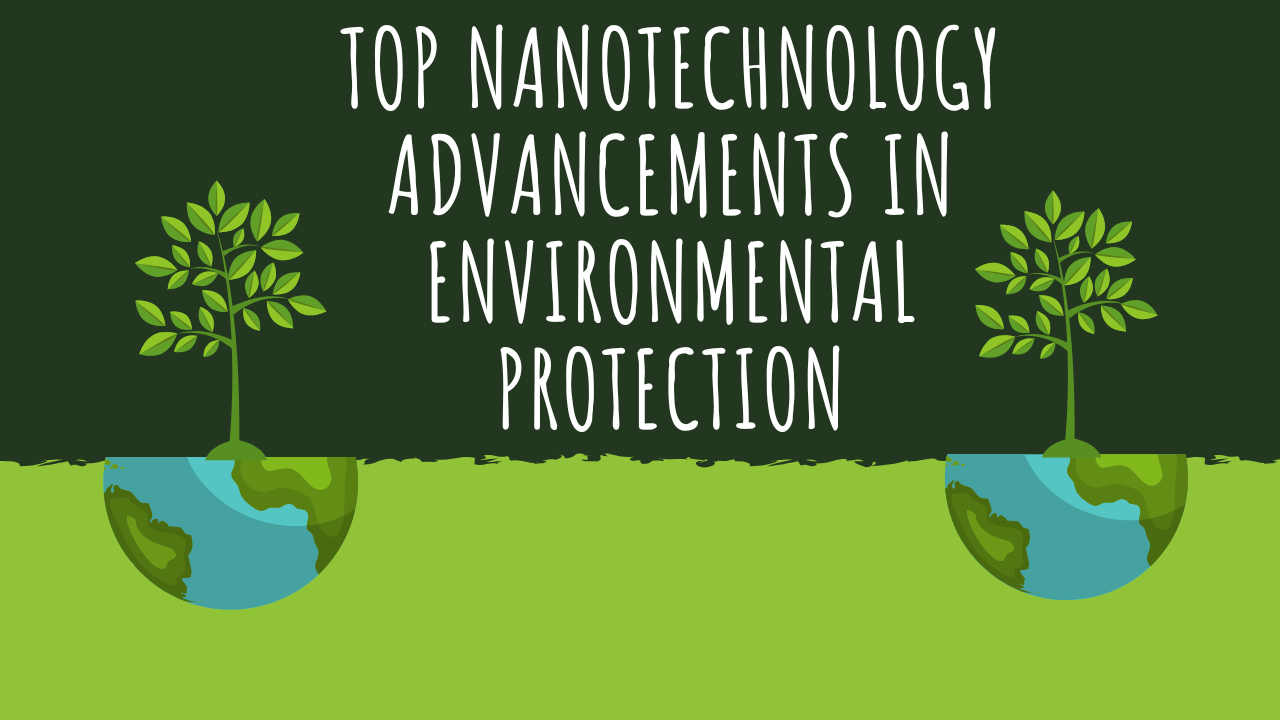In a world of climate challenges and growing environmental concerns, nanotechnology emerges as a revolutionary approach to address pressing ecological problems. With its ability to work at an atomic and molecular scale, nanotechnology offers unique solutions to purify water, reduce pollution, support renewable energy, and even improve waste management. This article delves into the most notable advancements in nanotechnology that are making waves in environmental protection.
What is Nanotechnology?
Nanotechnology involves manipulating matter on an atomic or molecular scale, typically within the range of 1 to 100 nanometers. By designing and engineering materials at this size, researchers have unlocked properties that differ significantly from those at larger scales. With applications spanning medicine, electronics, and environmental science, nanotechnology has proven to be a versatile tool for sustainable development.
Why Nanotechnology is Vital for Environmental Protection
The unique physical and chemical properties of nanoparticles—such as their high surface area-to-volume ratio, reactivity, and ability to interact at the molecular level—make them ideal for tackling environmental challenges. As the need for sustainable solutions grows, nanotechnology offers an efficient, eco-friendly means to reduce pollution, manage waste, and conserve natural resources.
Advancements in Water Purification
Nanofiltration Membranes
Nanofiltration is a powerful method for removing contaminants from water. It allows water molecules to pass while blocking pollutants, including bacteria, viruses, and heavy metals. These membranes are used extensively in desalination plants, wastewater treatment facilities, and portable water filters, significantly improving access to clean water worldwide.
Nanoadsorbents for Heavy Metal Removal
Heavy metals like lead and mercury are notoriously difficult to remove from water sources. Nanoadsorbents, engineered to attract and trap these metals, offer an effective solution. Once bound to these contaminants, the particles can be easily removed, providing a sustainable method for cleaning polluted water.
Photocatalytic Nanoparticles
Photocatalytic nanoparticles, such as titanium dioxide, use sunlight to break down harmful organic compounds in water. These particles are highly effective in degrading pollutants and can even eliminate pathogens, providing a chemical-free method for water purification.
Air Pollution Control through Nanotechnology
Carbon Nanotubes in Air Filters
Carbon nanotubes, known for their strength and efficiency, are now used in air filtration systems. These nanotubes trap particulate matter and harmful gases, helping to reduce air pollution. High-efficiency particulate air (HEPA) filters with carbon nanotubes can even capture allergens and pollutants as small as 0.1 microns, improving air quality in urban areas.
Nano-Coated Surfaces for Pollution Reduction
Nano-coatings, applied to surfaces in urban areas, can help reduce pollution by breaking down airborne contaminants upon contact. These coatings, often made with titanium dioxide, use sunlight to decompose pollutants, contributing to cleaner air in densely populated regions.
Nanotechnology for Soil Remediation
Soil contamination from industrial waste and agricultural chemicals is a major health and environmental issue. Nanotechnology provides effective solutions for soil remediation, using nanoparticles to neutralize pollutants.
Iron Nanoparticles for Decontamination
Iron nanoparticles can break down harmful compounds in soil, including heavy metals and toxic chemicals. These particles convert pollutants into harmless substances, providing an eco-friendly option for restoring contaminated lands.
Biodegradable Nanospheres
Biodegradable nanospheres loaded with enzymes or other agents target specific soil pollutants and help decompose them safely. These nanospheres naturally dissolve over time, leaving no residual impact on the environment.
Renewable Energy Enhancements
Quantum Dots in Solar Cells
Quantum dots—tiny semiconductor particles—have boosted the efficiency of solar cells by enhancing light absorption. These nanoscale particles convert sunlight into electricity more efficiently than traditional materials, making solar energy a more viable and cost-effective alternative.
Nanomaterials in Hydrogen Fuel Cells
Nanomaterials play a crucial role in hydrogen fuel cells, enhancing their efficiency and reducing costs. By optimizing the electrochemical reactions within the cells, these materials help create a cleaner, sustainable source of energy.
Nanotechnology in Waste Management
Nano-based Catalysts
Catalysts are substances that speed up chemical reactions. Nano-based catalysts decompose waste materials faster and more efficiently, reducing the burden on landfills and aiding in the conversion of waste into reusable materials.
Nanoparticles for Biodegradation
Certain nanoparticles are being used to accelerate the natural biodegradation process of waste. These particles help break down organic waste more rapidly, making waste disposal both quicker and more eco-friendly.
Carbon Capture and Reduction
Metal-Organic Frameworks (MOFs) for CO₂ Capture
Metal-organic frameworks (MOFs) are highly porous materials that trap carbon dioxide from the air. These frameworks capture CO₂, allowing it to be stored or converted into other materials, thereby contributing to the reduction of greenhouse gases.
Nanocatalysts for Emission Control
Nanocatalysts are utilized in emission control devices to convert harmful gases into less harmful ones. These catalysts are highly efficient, even at lower temperatures, making them ideal for reducing emissions in industries and vehicles.
Bioremediation Enhancement with Nanotechnology
Nanotechnology combined with bioremediation offers a promising approach to ecosystem restoration. Certain nanoparticles stimulate microbial activity, which aids in the breakdown of pollutants.
Nanoparticles and Microbial Interaction
Nanoparticles can enhance the growth and activity of beneficial microorganisms that degrade pollutants in soil and water. This synergistic approach helps speed up the natural processes of ecological recovery.
Oil Spill Cleanup with Nanotechnology
Oleophilic Nanoparticles for Oil Absorption
Oil spills are catastrophic for marine ecosystems, and traditional cleanup methods can be slow and inefficient. Oleophilic (oil-attracting) nanoparticles can rapidly absorb oil, making cleanup efforts faster and more effective. These particles can be collected and reused, providing a sustainable solution for oil spill remediation.
Nanotechnology in Agriculture
Nano-based Fertilizers and Pesticides
Traditional fertilizers and pesticides often harm the environment by leaching into water bodies and affecting non-target organisms. Nano-based fertilizers and pesticides are more efficient and targeted, reducing the amount of chemicals needed and minimizing their environmental impact.
Nanotechnology and Circular Economy
A circular economy emphasizes sustainable production and recycling processes. Nanotechnology aligns well with this model, enabling the development of recyclable materials and reducing waste.
Ethics and Safety Concerns
While nanotechnology offers immense benefits, the potential risks to human health and the environment must be considered. The behavior of nanoparticles in ecosystems and their effects on living organisms require ongoing research and regulatory frameworks to ensure safe usage.
Nanotechnology for Microplastics Removal
Microplastics pose a serious threat to marine life, ecosystems, and even human health as they infiltrate food chains. Nanotechnology offers promising solutions by enabling the development of materials that can trap and remove microplastics from water sources. Nanosponges, for instance, are porous structures capable of capturing these tiny particles efficiently. By targeting microplastics at the nanoscale, scientists aim to prevent them from reaching open waters, thus helping protect aquatic environments and reducing potential health risks to humans.
Nanotechnology in Forest Conservation
Forest ecosystems play a critical role in biodiversity preservation and climate regulation, yet deforestation and disease continue to threaten these vital resources. Nanotechnology can support forest conservation by providing tools for pest control, disease monitoring, and nutrient delivery that are less invasive and more efficient than traditional methods. For instance, nano-pesticides target specific insect species without harming beneficial organisms or the surrounding environment. Additionally, nanosensors deployed in forests can monitor tree health and detect early signs of disease or nutrient deficiencies, allowing conservationists to take timely actions and preserve forest health more effectively.
Energy Storage and Battery Technology Advancements with Nanotechnology
Renewable energy relies heavily on efficient energy storage solutions, and nanotechnology is helping advance battery technology to support this need. Nanomaterials like graphene and silicon nanoparticles have been developed to enhance battery capacity, charging speed, and lifespan. These nano-enhanced batteries store more energy and maintain performance over more charging cycles than traditional batteries, making them ideal for electric vehicles, solar storage, and portable electronics. By improving energy storage, nanotechnology not only aids in reducing dependency on fossil fuels but also enhances the practicality and accessibility of renewable energy sources.
Enhanced Environmental Monitoring with Nanosensors
Environmental monitoring is essential to track pollution levels, detect harmful substances, and assess ecosystem health. Nanosensors, which are highly sensitive devices designed to detect and measure pollutants, are revolutionizing the field of environmental monitoring. These sensors can detect minuscule concentrations of contaminants in real-time, providing early warnings about potential environmental hazards. With advances in nanotechnology, nanosensors are being developed to monitor air quality, water purity, and soil health with unprecedented precision, helping authorities respond quickly to environmental threats and maintain healthier ecosystems.
Conclusion
Nanotechnology has proven to be a powerful tool in environmental protection, offering innovative solutions for water purification, pollution reduction, and renewable energy enhancement. As this technology continues to evolve, its role in promoting a cleaner, healthier planet will likely expand. By combining scientific progress with responsible practices, nanotechnology holds the potential to address some of the most pressing environmental challenges of our time.
FAQs
How does nanotechnology help in water purification?
Nanotechnology improves water purification through nanofiltration, nano adsorbents, and photocatalytic nanoparticles that target and remove contaminants.
Are nanoparticles safe for the environment?
While nanotechnology has eco-friendly applications, some nanoparticles may pose risks, and more research is necessary to ensure their safe environmental integration.
What role does nanotechnology play in air pollution control?
Nanotechnology enables advanced air filtration and nano-coated surfaces that reduce airborne pollutants and improve urban air quality.
Can use nanotechnology in agriculture?
Yes, nano-based fertilizers and pesticides make agriculture more sustainable by reducing chemical use and minimizing environmental impact.
What is the future of nanotechnology in environmental protection?
The future holds even more sophisticated nano-solutions for pollution control, waste management, and renewable energy, contributing to a sustainable and circular economy.
